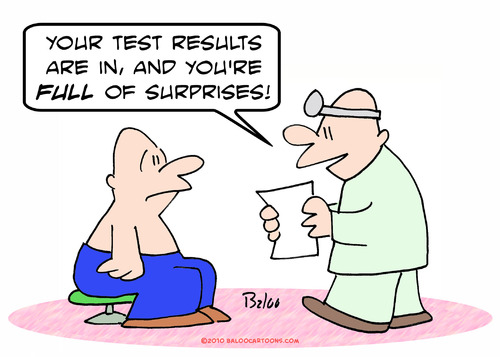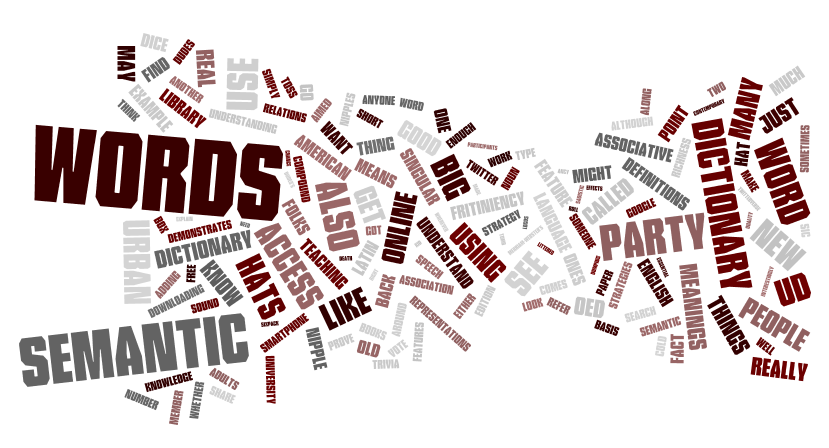Previously, Speech Buddies has posted quick reference guides to some of the commonly used speech therapy acronyms, as well as speech and language terms. Here’s a another reference guide to some of the oft-used diagnostic terms in speech therapy. Use this guide to muddle through some of the language that you might come across when reading about your child’s speech disorder. Just try not to acquire a bit of hypochondria in the process. Just because your child has an extreme fondness for sugary cereals doesn’t mean he has an eating disorder, for example. Likewise, just because your child might pronounce “watah” instead of “water” does not necessarily mean that he has an articulation disorder. Always consult your child’s speech-language pathologist or his pediatrician if you’re unclear about any speech-language pathology or medical terms.
Speech Therapy Jargon: Speech & Language Terms
Speech TherapistWhen you’re new to the world of speech therapy, learning the new terminology can be overwhelming. Always ask your child’s speech-language pathologist (SLP) to rephrase something if you have trouble with it. You can also stop by your local library and pick up some books on speech therapy. Many speech therapy books offer a simple breakdown of the basics. Here’s a quick reference guide to help you get started sorting out the terms. You can also review our previous post on speech therapy acronyms.
Speech Therapy Jargon: Acronyms
Legal Issues Speech TherapistWhen you’re a military wife (or husband), you learn a whole new vocabulary. Sea bag. DITY. AWR. GI party (which is most certainly NOT a party). When your child is diagnosed with a speech disorder or delay, it’s pretty similar. You’ll have a lot of terminology to absorb, acronyms to memorize, and at-home speech therapy techniques to use. Not to mention all the legal jargon associated with the process to get your child into special education. Here’s a quick reference guide to help you grasp the basics of speech therapy acronyms. It’s purposefully not in alphabetical order; in most cases, each subsequent acronym adds to the information given for the preceding acronym.



